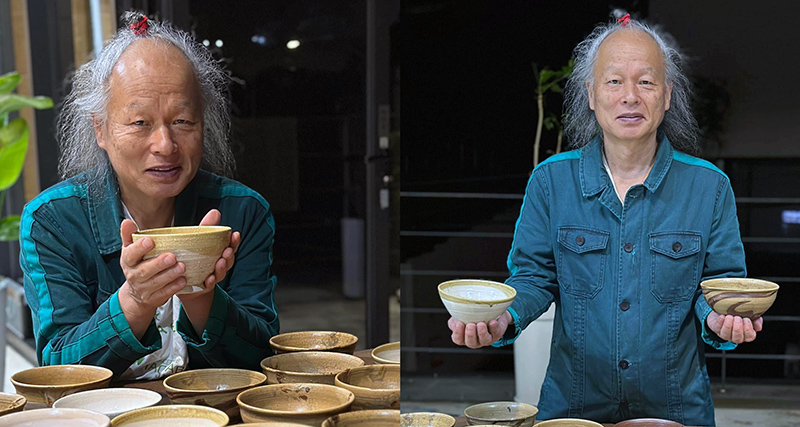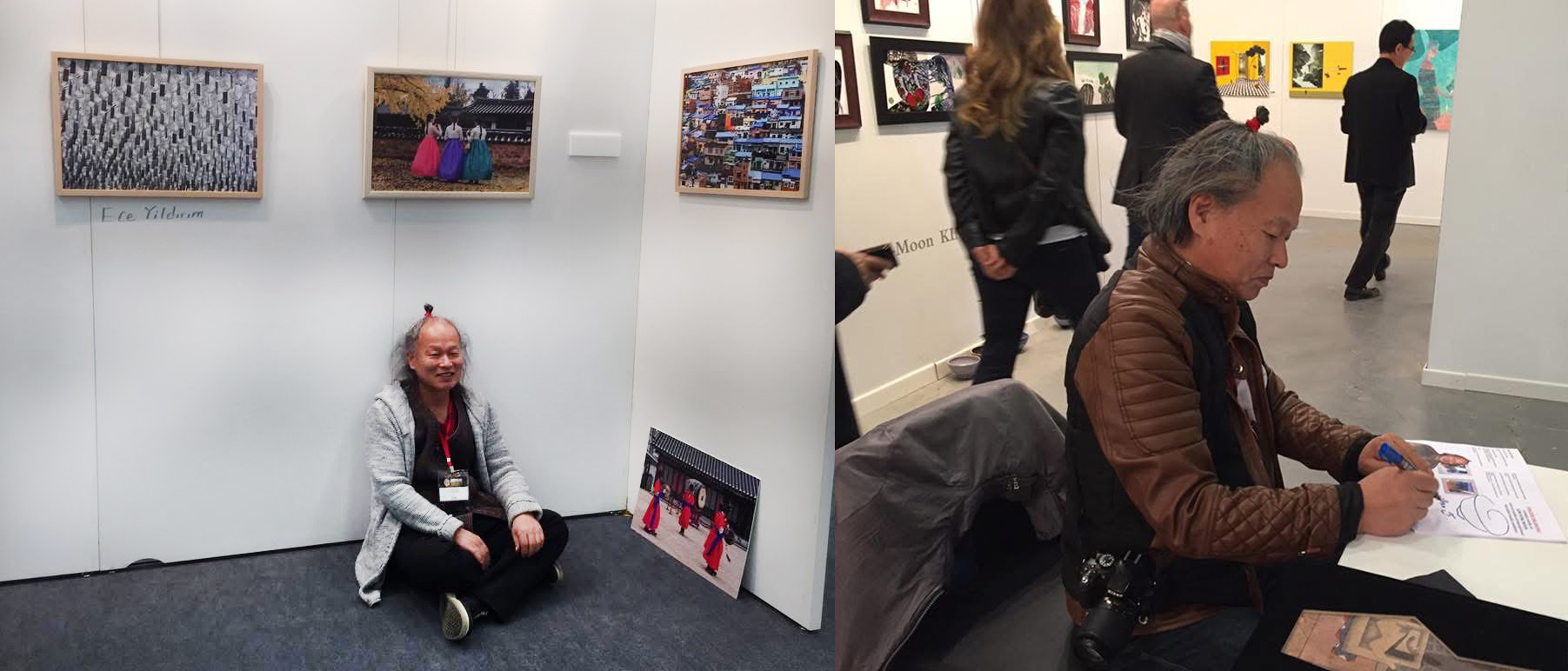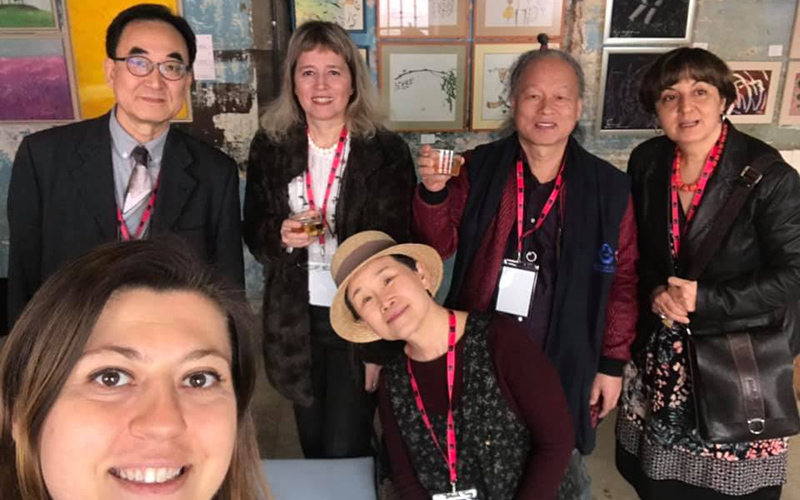The Legacy of Korean Ceramic Art
Korean ceramic art is not merely a form of aesthetic expression—it is a reflection of thousands of years of cultural heritage, a deep connection with nature, and a quiet spiritual pursuit. From the Three Kingdoms period (57 BCE–668 CE) to the Goryeo (918–1392) and Joseon (1392–1897) dynasties, Korean pottery developed a unique identity defined by its refined forms, natural glazes, and understated yet profound beauty.
The celadon ceramics of the Goryeo era are often regarded as some of the most exquisite in the world, praised for their soft green hues and elegant patterns. Meanwhile, the white porcelain (baekja) of the Joseon dynasty symbolizes purity and minimalist grace. These traditions were not confined to royal courts or temples—they were deeply rooted in the everyday lives of the people, shaped by a humble reverence for the earth.
In modern times, many artists have reinterpreted this legacy through contemporary lenses, bringing Korean ceramics into global discourse. Among these figures, Kim Yong Moon stands out as an artist who bridged tradition and innovation, translating the spirit of “Macsabal” into a universal language of clay.

Kim Yong Moon: The Ceramic Master Who Brought the Macsabal Tradition to Life
I was deeply saddened to hear of the passing of Korean ceramic artist Kim Yong Moon, whom I had the chance to meet in 2015. Over 10 years, I had the privilege of working with him on numerous art exhibitions and events. More than a prolific artist, he was a cultural bridge between Korea and Türkiye.
Born in 1956 in Osan, Korea, Kim Yong Moon studied ceramics at Hongik University. He became internationally renowned for his “Macsabal” designs — a modern interpretation of traditional Korean ceramics. Macsabal refers to handmade bowls used for daily meals and drinks, yet Kim treated it not only as a form but also as a philosophy, carrying Korean ceramic heritage into a global context.

Starting in 1998, he organized the “Macsabal Symposiums” 22 times across countries, including Korea, China, and Türkiye. With great dedication, he brought together masters and emerging artists, believing that art should thrive through sharing, exchange, and friendship.
In Türkiye, he had a strong connection with Hacettepe University’s Faculty of Fine Arts, Department of Ceramics, where he inspired countless students. His specially designed “Macsabal kiln,” capable of reaching 1300°C, was actively used in both workshops and symposiums.

His artistic language stood out for its harmony with nature, subtle yet meaningful forms, traditional glazing techniques, and surfaces bearing the imprint of the artist’s hand. His final exhibition, “Embrace the Universe,” held at FAAR Gallery in Istanbul in 2024, reflected his philosophy, emphasizing the balance between humans and nature.
Our beloved professor leaves behind a rich legacy, not only through his work but through the lives he touched. His wisdom, humility, and vision for connecting cultures will always remain a source of inspiration.

How about this article?
- Like4
- Support0
- Amazing0
- Sad0
- Curious0
- Insightful0


